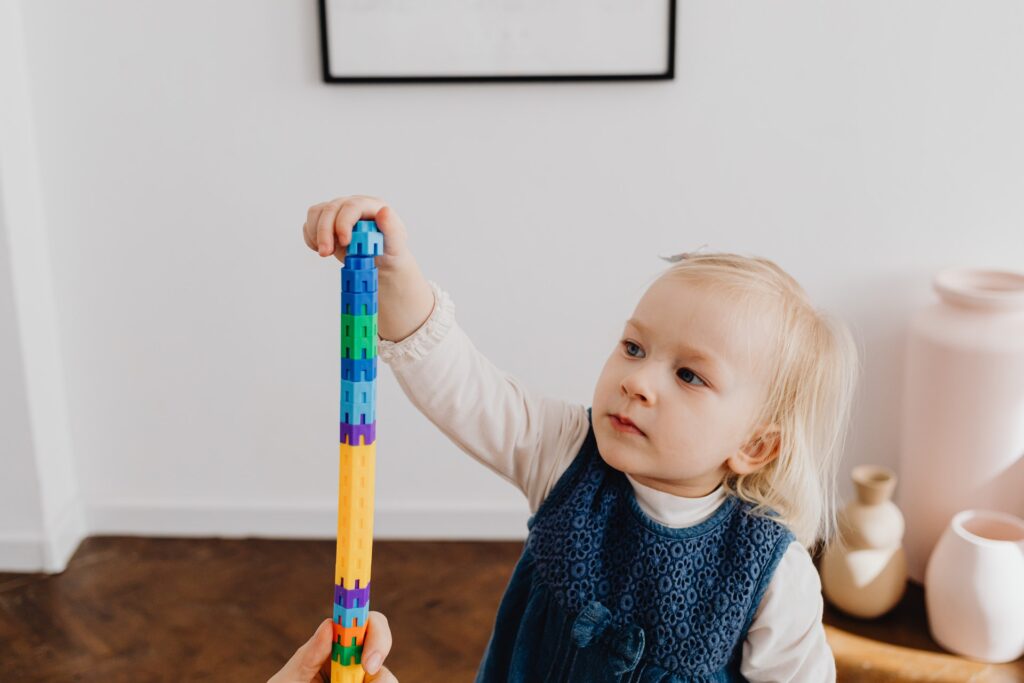For most children, the majority of their school day is spent sitting still at their desks. The only times they are able to move their bodies, is usually during physical education or recess. The monotony of sitting still for long periods, however, often leads to restlessness, and this can make it hard for children to pay attention during lessons. Movement breaks, sometimes known as “brain breaks,” are a good way to help children to stay engaged.

What are movement breaks?
Movement breaks are short intervals that enable students to take a break from seated learning and move their bodies during class. They can be held either indoors or outdoors and involve a variety of activities, such as:
- Taking a short walk
- Playing on playground equipment
- Playing a ball game
- Exercising or dancing on the spot
- Using the trampoline
- Using the therapy ball
- Doing animal movements or yoga poses
These breaks can be held regularly throughout the school day, around every 30 to 60 minutes, and each movement break can be about 1 to 5 minutes long.
The benefits of movement breaks
There are many benefits to having movement breaks in the classroom, and they are especially helpful for students with sensory differences. Here are some of the benefits of movement breaks for children:
- Helps their brains to stay focused
- Increases their concentration span
- Helps them learn and retain new information
- Reduces their chances of feeling overwhelmed
- Helps them to integrate learning across their brain hemispheres
- Changes their alertness levels
- Supports their sensory regulation
Movement break ideas
There are many different activities that you can do as movement breaks, but in this blog, we’ll focus more on movement breaks that can be done in the classroom. Doing movement breaks within a limited space might seem challenging, but don’t let that hamper you. There are a range of movements that everyone can do, without taking up too much room. Best of all, they can be done within just a few minutes, and you can get back to the lessons quickly.
One of our favourite movement break ideas is doing animal movements. Here are a few examples:

Tip: You could also mimic the movements of specific groups of animals, such as farm animals, sea creatures or insects.
Practical ideas
Here are some tips on how to get everyone’s attention and moving as a group:
- Search for or create your own animal movement picture flashcards that you can show to the class.
- Count to get everyone ready at the same time, e.g. “3,2,1, go!” or “3,2,1, stop!”
- Use a timer with an alarm, a whistle or a bell to signal transitions to the next movement.
- Incorporate catchy chants, positive poems or phrases like “Freeze!” to make things even more interesting.

This article was reviewed by The Energy Source’s Director, Physiotherapist and Sensory Practitioner, Joanna Hutt.




